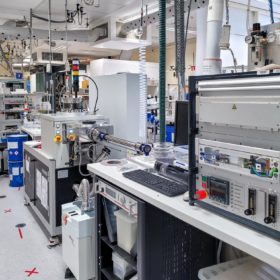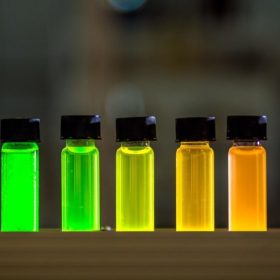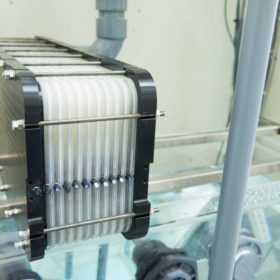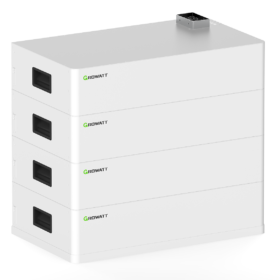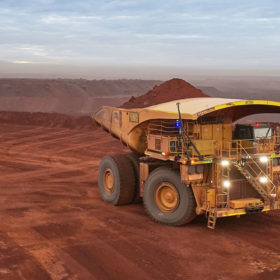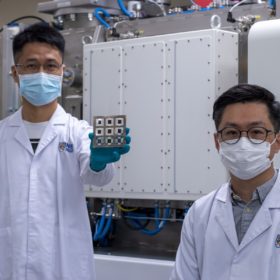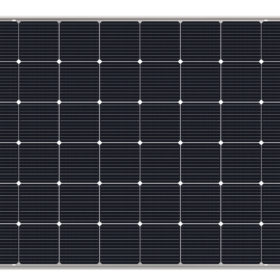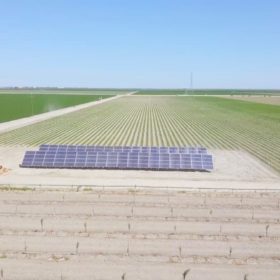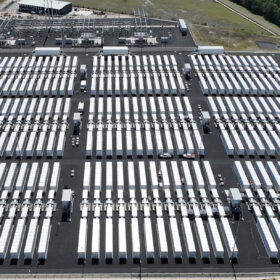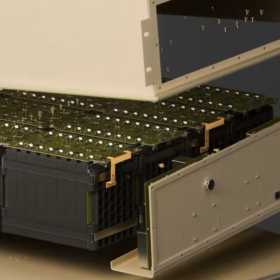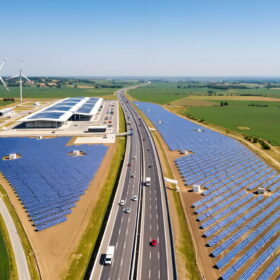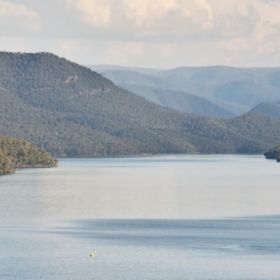Aussie analysis of the fine art of gettering
Scientists in Australia have analysed the state-of-the-art of all gettering technologies used in the solar industry. This technique, which is aimed at reducing defects in wafer manufacturing, may become more important in the future, as cell efficiencies increase and become increasingly sensitive to traces of metallic impurities.
Quantum dot layer pushes perovskite solar cell efficiency up to 25.7%
Researchers in Switzerland have replaced the electron transport layers in perovskite solar cells with a thin layer of quantum dots. On an area of 0.08cm2, they achieved a record efficiency of 25.7% and high operational stability.
Zinc-air battery and PV to power apartment complex
A 100kW/1.5MWh zinc-air battery will be installed in Queens, New York, in combination with a combined heat and power system and a PV array. The pilot project is intended to demonstrate the long-duration energy storage capability of the zinc-air battery.
Growatt releases battery for off-grid solar
Growatt’s new AXE LV battery covers a wide range of capacities, from 5kWh to 400kWh, and can support off-grid systems with power outputs of 3kW to 30kW.
Fortescue acquires Williams Advanced Engineering in drive to win race to net zero
Fortescue Future Industries has acquired Williams Advanced Engineering for $310 million as it looks to capitalise on its critical battery technology to cut emissions from its mining vehicles. An offshoot of the Williams Formula 1 Team, Williams Advanced Engineering has already helped to develop an electric mining haul truck for Fortescue in 2021.
Researchers claim new efficiency record for solar cell technology
Researchers in Singapore claim to have set a new record for the power conversion efficiency of perovskite/organic tandem solar cells, paving the way for flexible, lightweight, low cost and ultra-thin PV cells.
TOPCon vs PERC
TOPCon solar cells are on their way to fully compete with PERC solar products, according to recent research from Germany’s Fraunhofer ISE. Efficiency gains for the TOPCon concept, however, are necessary to help it capture more market share, as production costs remain higher than those for PERC tech. A series of cost-driven strategies to make TOPCon modules advance were outlined in the study.
Weekend read: Australia to make world’s-first liquefied hydrogen shipment to Japan
The Suiso Frontier cargo vessel docked at Victoria’s Port of Hastings on Friday to take on the world’s first shipment of liquid hydrogen. The ship’s arrival is a landmark for the Japanese-Australian Hydrogen Energy Supply Chain pilot project, which sees liquefied hydrogen generated from brown coal, and an engineering milestone in itself. But while the Australian government describes the product as “clean”, experts maintain that carbon capture and storage technology has proven only to be an expensive failure.
Endua lands grant to commercialise modular hydrogen-powered energy solution
Queensland clean energy start-up Endua’s ambitious plan to manufacture modular hydrogen-powered energy generation and storage systems has been given a financial boost with the Federal Government providing the company with almost $1 million to help it commercialise the innovative technology.
Pulling fertiliser out of thin air with PV
Nitricity has developed an experimental plasma reactor that uses PV electricity to produce competitively priced, environmentally clean, nitrogen fertiliser. Its onsite fertiliser production eliminates emissions from transport, and provides a viable alternative to fossil-based nitrogen fixation methods like the Haber-Bosch process.
